Home>Interior Design>Organizing A Pantry: 25 Clever Pantry Organization Ideas
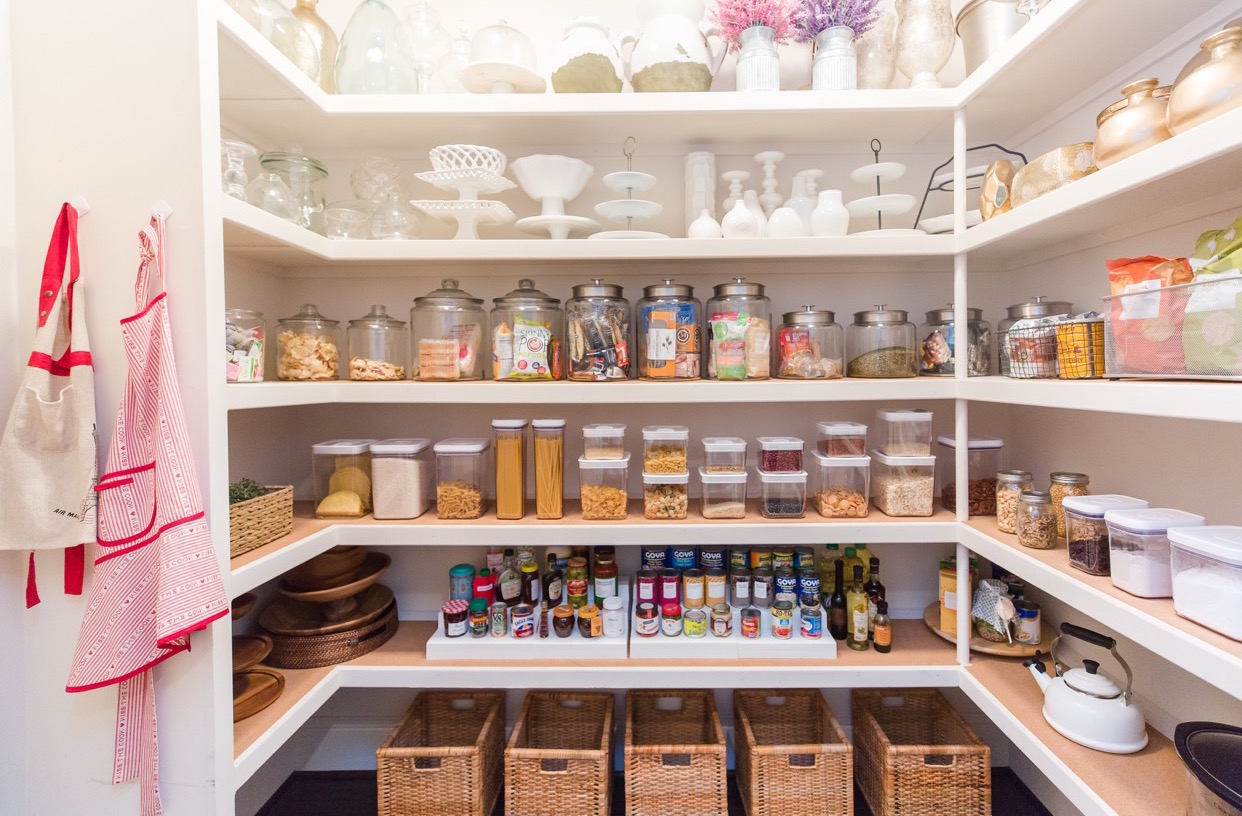

Interior Design
Organizing A Pantry: 25 Clever Pantry Organization Ideas
Modified: January 6, 2024
Transform your pantry with these 25 clever interior design ideas for organizing your space. Maximize storage and create a functional and stylish pantry.
(Many of the links in this article redirect to a specific reviewed product. Your purchase of these products through affiliate links helps to generate commission for Storables.com, at no extra cost. Learn more)
Introduction
Welcome to the world of pantry organization! If you’ve ever struggled to find a specific ingredient or felt overwhelmed by the chaos inside your pantry, you’re not alone. A well-organized pantry can make a world of difference in your kitchen, saving you time, reducing stress, and maximizing your storage space.
Decluttering and organizing your pantry may seem like a daunting task, but with these clever ideas and strategies, you’ll be well on your way to creating a functional and beautiful space. From maximizing vertical space to utilizing door racks and clear containers, we’ll explore 25 clever pantry organization ideas to transform your pantry into an organized oasis.
Before diving into the specific strategies, it’s important to start with decluttering. Rid your pantry of expired products, get rid of duplicate items, and categorize everything into groups – this will make the organization process much simpler.
Once the decluttering is complete, it’s time to maximize every inch of your pantry. Vertical space is often underutilized, so consider investing in stacking shelves or adjustable wire shelving to take advantage of the height. Installing additional shelves can also be a game-changer, allowing you to create more levels and sections for different types of items.
Don’t forget about the inside of the pantry door, which is often an untapped storage opportunity. Install door racks for spices, small items, or even hanging hooks for kitchen utensils. This vertical space is perfect for keeping frequently used items within easy reach.
Clear containers and labels are essential for maintaining an organized pantry. Transferring bulk items into clear containers not only saves space but also allows you to see exactly what you have at a glance. Label each container to easily identify the contents and create a cohesive look.
Grouping similar items together is another key aspect of pantry organization. Create zones for categories like baking supplies, canned goods, snacks, and spices. By keeping similar items together, you’ll always know where to find what you need and be able to keep track of inventory more efficiently.
Baskets and bins are great for storing small items and snacks. Use woven baskets for organizing snacks or small packets, and clear bins for children’s snacks, making them easily accessible and visible. Wire baskets are also a stylish way to organize and display produce like fruits and vegetables.
Drawer organizers are a must-have for keeping utensils and small tools in order. Use dividers to separate cutlery and cooking utensils, making it easy to find what you need when preparing meals. Utilizing drawer space for storage is a smart way to keep your pantry items organized and accessible.
Maximizing unused space is crucial, and there are several creative ways to do so. Utilize the space under the shelves by adding storage bins or hanging a pegboard for hanging pots, pans, and kitchen tools. Installing pull-out drawers can also be a game-changer, allowing you to easily access items stored in the back of the pantry.
Think outside the box and consider unique storage solutions. Magazine holders can be used to store wraps and foil, while bag dispensers can keep your plastic bags neatly organized. A file organizer can be repurposed to hold baking sheets or cutting boards, keeping them upright and easily accessible.
While organizing your pantry is a big task, maintaining it is equally important. Regularly check expiration dates and reorganize every few months to keep things in order. Creating a grocery shopping system and keeping a running inventory of your pantry items will also help you stay organized in the long run.
Now that you have an overview of the steps involved in organizing your pantry, let’s dive into the details. In the following sections, we’ll explore 25 clever pantry organization ideas that will transform your pantry into an efficient and visually appealing space.
Are you ready to turn your pantry into a well-organized haven? Let’s get started!
Key Takeaways:
- Transform your pantry into an organized oasis with clever ideas like utilizing vertical space, clear containers, and creative storage solutions. Maintain organization with regular checks and a strategic grocery shopping system.
- Declutter, categorize, and maximize space in your pantry to create a functional and visually appealing space. Implement unique storage solutions and maintain organization with regular checks and reorganization.
Decluttering the pantry
When it comes to organizing your pantry, the first step is decluttering. A cluttered pantry not only makes it difficult to find what you need but also leads to wasted space and expired products. In this section, we’ll explore three crucial steps: categorizing items, sorting expired products, and getting rid of duplicates.
Categorizing items: Start by grouping similar items together. This will make it easier to find what you need and ensure that everything has its designated spot in your pantry. Common categories include baking supplies, canned goods, grains, snacks, spices, and condiments. As you categorize, take note of any items that are running low and may need to be restocked.
Sorting expired products: Next, thoroughly go through each item in your pantry and check the expiration dates. Discard any expired products to free up space and maintain the freshness of your pantry items. It’s easy for forgotten items to accumulate over time, so this step is critical to keep your pantry organized and ensure that you’re using ingredients at their best quality.
Getting rid of duplicates: Duplicates can take up valuable space and often go unnoticed until you start organizing. As you go through your pantry, keep an eye out for duplicate items, such as multiple jars of the same spice or duplicate boxes of pasta. Consider donating excess items to a local food pantry or sharing with friends and family. This not only helps declutter your pantry but also allows you to support others in need.
By categorizing items, sorting expired products, and getting rid of duplicates, you’ll create a solid foundation for organizing your pantry. With a clutter-free space, you can now move on to the next step – maximizing the available storage space.
Maximizing space
One of the keys to successful pantry organization is maximizing the available space. A well-organized pantry utilizes every nook and cranny efficiently, ensuring that no space goes to waste. In this section, we’ll explore three strategies to maximize space: utilizing vertical space, installing additional shelves, and using hanging organizers.
Utilizing vertical space: Vertical space is often overlooked and is a goldmine for creating more storage in your pantry. Invest in adjustable wire shelving or stacking shelves to take advantage of the height. These shelves allow you to create multiple levels for storing items, making it easier to see and access everything in your pantry. Additionally, consider using tension rods inside cabinets to create additional vertical storage for items like cutting boards and baking sheets.
Installing additional shelves: If your pantry has tall ceilings, consider installing additional shelves to maximize the available space. Measure the height of your pantry and purchase stackable shelves or custom-built shelves that fit your specific needs. These additional shelves can hold items that are not easily stacked or need to be separated to avoid clutter.
Using hanging organizers: Hanging organizers are a great way to make use of empty wall space in your pantry. Install hooks or a hanging rod to hang items such as aprons, kitchen towels, or even pots and pans. Hanging organizers keep these items within reach while freeing up drawer or shelf space for other pantry items.
By utilizing the vertical space in your pantry, installing additional shelves, and using hanging organizers, you can make the most of the available space and ensure that your pantry is both functional and visually appealing. However, clear containers and labels are equally important in maintaining an organized pantry, so let’s dive into the next section.
Clear containers and labels
When it comes to pantry organization, clear containers and labels are your secret weapons. Not only do they add a touch of visual appeal to your pantry, but they also make it easy to find and identify items quickly. In this section, we’ll explore three strategies: transferring bulk items into clear containers, labeling containers for easy identification, and using stackable containers for efficient storage.
Transferring bulk items into clear containers: Bulk items like rice, cereal, pasta, and flour are more cost-effective when purchased in larger quantities. However, keeping them in their original packaging can take up unnecessary space and make it harder to see what you have. Transferring these items into clear containers not only saves space but also allows you to easily see when you are running low on a particular item. Opt for airtight containers to ensure the freshness and longevity of your pantry staples.
Labelling containers for easy identification: Once you’ve transferred items into clear containers, it’s important to label them for easy identification. Use a label maker or write directly on the containers with a permanent marker. Be specific with your labels, noting the item inside and any necessary cooking instructions or expiration dates. This simple step will save you time when searching for specific ingredients and help you maintain an organized pantry.
Using stackable containers for efficient storage: To maximize the storage space in your pantry, consider using stackable containers. These containers allow you to take advantage of vertical space, creating more room for other items. Look for containers that have compatible lids to ensure they stack securely. Stackable containers are particularly useful for storing snacks, baking supplies, and smaller pantry items.
By transferring bulk items into clear containers, labeling them for easy identification, and using stackable containers for efficient storage, you’ll create a visually appealing and functional pantry. But don’t stop there – the inside of your pantry door is another area that can be maximized for storage. Let’s explore how in the next section.
Utilizing door space
Don’t overlook the valuable storage space right in front of you – the inside of your pantry door. Utilizing this space can help free up shelf space and keep frequently used items easily accessible. In this section, we’ll explore three strategies to make the most of your door space: installing door racks, hanging hooks for small items, and utilizing the inside of the door for storage.
Installing door racks: Door racks are a fantastic way to create additional storage space on the back of your pantry door. These racks come in various sizes and can hold items such as spices, condiments, and smaller pantry essentials. Look for adjustable door racks that can accommodate different sizes of items, allowing for customization based on your pantry’s specific needs.
Hanging hooks for small items: Hanging hooks are perfect for keeping small items organized and within reach. Install hooks on the inside of your pantry door to hang kitchen utensils, measuring spoons, or other lightweight items. This not only saves drawer space but also keeps these essentials easily accessible while you’re cooking or baking.
Utilizing the inside of the door for storage: Don’t limit yourself to just door racks and hooks – you can get even more creative with storage solutions on the inside of your pantry door. Consider using adhesive-backed containers or pockets to hold smaller items like snacks, sauce packets, or grocery lists. These containers or pockets can be easily attached to the inside of the door, creating a designated space for these items while keeping them out of sight when the door is closed.
By utilizing door space and adding door racks, hanging hooks, and using containers or pockets on the inside of the door, you’ll free up valuable shelf space and keep frequently used items within easy reach. However, it’s also important to group similar items together to create a well-organized pantry. Let’s explore grouping techniques in the next section.
Read more: 25 Can Storage Ideas to Try Today
Grouping similar items
Creating zones and grouping similar items together is a fundamental principle of effective pantry organization. By keeping related items together, you’ll be able to find what you need quickly and efficiently. In this section, we’ll explore two key strategies: creating zones for different categories and specific examples of grouping similar items together.
Creating zones for different categories: Designating specific zones for different categories in your pantry helps create order and makes it easier to locate items. Common categories include baking supplies, canned goods, snacks, spices, and condiments. Determine the layout of your pantry and assign each category its own area. This simple step will significantly improve the efficiency and functionality of your pantry.
Keeping baking supplies together: If you’re an avid baker, it’s essential to keep all your baking supplies in one area. Store flour, sugar, baking powder, and baking soda in clear containers with labels for easy identification. Utilize a separate shelf or section of your pantry to keep measuring cups, mixing bowls, and baking tools neatly organized. This ensures that you have everything you need for your next baking adventure in one convenient spot.
Organizing canned goods and spices in one area: Canned goods and spices are commonly used ingredients, so it’s beneficial to have them easily accessible. Dedicate a specific area of your pantry for canned goods, arranging them in rows or using tiered shelf organizers to maximize space. Group spices together in a designated area, using spice racks or drawer inserts to keep them organized and visible. This way, you’ll always know what spices and canned goods you have on hand.
By creating zones for different categories and grouping similar items together, you’ll create a well-organized pantry that makes meal prep and cooking a breeze. However, utilizing baskets and bins is another effective strategy for keeping small items organized. Let’s explore this in the next section.
Utilizing baskets and bins
Baskets and bins are versatile storage solutions that can help keep your pantry organized and visually appealing. They are particularly useful for storing snacks, small items, and produce. In this section, we’ll explore three strategies: storing snacks and small items in baskets, using clear bins for children’s snacks, and organizing produce in wire baskets.
Storing snacks and small items in baskets: Baskets are perfect for storing snacks and small pantry items. Use woven or fabric baskets to corral items like granola bars, bags of chips, or single-serve snacks. Label each basket so everyone in the family knows where to find their favorite snacks. Not only does this keep your pantry organized, but it also adds a touch of visual appeal with the different textures and colors of the baskets.
Using clear bins for children’s snacks: If you have children, keeping their snacks organized and easily accessible is essential. Use clear bins or containers to store children’s snacks, such as individual snack packs, juice boxes, or fruit cups. The clear containers allow you to see when supplies are running low, making it easier to restock and plan your grocery shopping accordingly.
Organizing produce in wire baskets: Wire baskets are a stylish and functional way to organize and display produce like fruits and vegetables. They allow air to circulate, helping to extend the shelf life of your produce. Place wire baskets on shelves or in specific zones of your pantry designated for produce. Not only does this keep your fruits and vegetables organized, but it also adds a fresh and inviting touch to your pantry’s aesthetic.
By utilizing baskets and bins for storing snacks, small items, and produce, you’ll keep your pantry well-organized and visually appealing. However, incorporating drawer organizers is another effective way to keep your pantry clutter-free. Let’s explore this in the next section.
Use clear containers for storing dry goods like flour, sugar, and rice. This makes it easy to see what you have and keeps everything fresh.
Incorporating drawer organizers
When it comes to pantry organization, don’t forget about your drawers. Drawer organizers are essential for keeping utensils, small tools, and cooking utensils neat and easily accessible. In this section, we’ll explore three ways to incorporate drawer organizers into your pantry: storing utensils and small tools in drawers, using dividers for cutlery, and organizing cooking utensils in separate sections.
Storing utensils and small tools in drawers: Maximize the storage potential of your pantry by using drawers to store utensils and small tools. Designate a drawer specifically for these items, ensuring that you have enough space for all your cooking essentials. Within the drawer, use dividers or smaller containers to keep utensils organized and separated, making it easy to find what you need when you’re preparing meals.
Using dividers for cutlery: Cutlery can quickly become a jumble in a drawer if not properly organized. Use dividers or utensil trays to keep your cutlery neatly separated. This not only saves space but also prevents your cutlery from becoming tangled or scratched. Consider arranging your cutlery in a specific order for easy access, such as placing spoons, forks, and knives in separate sections.
Organizing cooking utensils in separate sections: Cooking utensils like spatulas, whisks, and tongs can take up valuable drawer space. Keep these items organized by dedicating separate sections within a drawer for each type of utensil. Use dividers or small containers to keep the utensils upright and easily accessible. This organization method not only keeps your pantry drawers clutter-free but also makes it a breeze to find the right tool for the job.
By incorporating drawer organizers and utilizing drawers for storing utensils, small tools, and cooking utensils, you’ll create a functional and efficient pantry space. However, vertical storage solutions can further optimize your pantry’s organization. Let’s explore these solutions in the next section.
Vertical storage solutions
When it comes to maximizing the storage potential in your pantry, don’t forget to think vertically. Vertical storage solutions can help you make the most of your pantry space by utilizing the height and creating additional storage options. In this section, we’ll explore three effective vertical storage solutions: using tiered shelves, installing spice racks, and hanging pots and pans.
Using tiered shelves: Tiered shelves are a game-changer when it comes to maximizing vertical space in your pantry. These shelves allow you to create multiple levels, making it easier to see and access items that would otherwise get lost in the back of the shelf. Use tiered shelves to organize canned goods, jars, and other pantry staples. This not only helps with organization but also prevents items from being stacked, which can result in unused space.
Installing spice racks: Spice racks are a must-have in any well-organized pantry. Instead of keeping spices scattered in various cabinets or drawers, install a spice rack to keep them all in one convenient location. Spice racks come in various designs, including wall-mounted, pull-out, or tiered options. Choose the one that best suits your pantry layout and personal preference. With a dedicated spice rack, you’ll be able to easily see and access your spices, saving time and adding a touch of organization to your pantry.
Hanging pots and pans: If you have limited cabinet space or just want to add a decorative element to your pantry, consider hanging your pots and pans. Install a pot rack or hooks on the inside of your pantry doors or on a designated wall space to hang your cookware. This not only frees up cabinet space but also keeps your pots and pans easily accessible and neatly displayed. Hanging your pots and pans adds a stylish and functional touch to your pantry while maximizing storage capacity.
By incorporating vertical storage solutions like tiered shelves, spice racks, and pot racks, you’ll make the most of your pantry’s vertical space. However, don’t forget to utilize any unused space in your pantry. Let’s explore creative storage solutions for these areas in the next section.
Utilizing unused space
When organizing your pantry, it’s essential to make use of every inch of available space, including those areas that are often overlooked or underutilized. In this section, we’ll explore three creative strategies to optimize unused space in your pantry: utilizing the space under the shelves, hanging a pegboard on unused walls, and installing pull-out drawers.
Utilizing the space under the shelves: The space underneath the shelves in your pantry is valuable real estate that can be maximized for additional storage. Consider installing under-shelf storage baskets or attachable bins to hold smaller items like spices, packets, or snacks. These storage solutions utilize the often-unused space and help declutter your pantry shelves, making it easier to access and find what you need.
Hanging a pegboard on unused walls: If you have unused wall space in your pantry, consider installing a pegboard. Pegboards are versatile and can be used to hang various items such as small bins, hooks for utensils, and even shelves for spice jars or small appliances. This creative storage solution not only optimizes wall space but also provides easy access to frequently used items, keeping your pantry organized and visually appealing.
Installing pull-out drawers: Installing pull-out drawers can transform the way you access and utilize space in your pantry. These drawers make it easy to slide out and access items stored in the back of the pantry, eliminating the need to reach and rummage through the shelves. You can install pull-out drawers on existing shelves or invest in pantry organization systems that include built-in pull-out drawers. This innovative solution maximizes storage capacity and greatly improves the functionality of your pantry.
By utilizing the space under the shelves, hanging a pegboard on unused walls, and installing pull-out drawers, you can effectively optimize the unused spaces in your pantry. However, it’s vital to maintain the organization you’ve created. In the next section, we’ll discuss tips for maintaining a well-organized pantry.
Creative storage solutions
When it comes to pantry organization, sometimes thinking outside the box can yield the most effective and creative solutions. In this section, we’ll explore three unique storage ideas that can help you make the most of your pantry space: utilizing magazine holders for storing wraps, organizing plastic bags with a bag dispenser, and using a file organizer for storing baking sheets.
Utilizing magazine holders for storing wraps: Wraps like aluminum foil, parchment paper, and plastic wrap can often become unruly and take up valuable space in your pantry. An innovative solution is to repurpose magazine holders to store these wraps. Place the wraps vertically inside the magazine holder, making it easy to grab exactly what you need without causing unnecessary clutter. These holders can be placed on a shelf or mounted on the inside of your pantry door for easy access.
Organizing plastic bags with a bag dispenser: Plastic bags tend to accumulate and take up unnecessary space in pantries. A convenient and visually appealing storage solution is a bag dispenser. These dispensers are designed specifically to hold and dispense plastic bags, keeping them neatly tucked away and ready for use. Install a bag dispenser on the inside of your pantry door or on a designated wall space to keep your plastic bags organized and easily accessible.
Using a file organizer for storing baking sheets: Baking sheets and cutting boards can often be challenging to store neatly. An unconventional yet practical solution is to repurpose a file organizer. Place your baking sheets upright in the slots of the file organizer, allowing you to easily grab the one you need without disturbing the rest. This unique storage idea not only keeps your baking sheets organized but also prevents them from getting scratched or damaged when stacked together.
By utilizing magazine holders for wraps, organizing plastic bags with a dispenser, and using a file organizer for baking sheets, you can make the most of your pantry space through creative and innovative storage solutions. However, maintaining the organization is crucial for a well-functioning pantry. Let’s explore some tips for keeping your pantry organized in the next section.
Maintaining organization
Organizing your pantry is not a one-time task; it requires ongoing effort to ensure that the space remains functional and clutter-free. In this section, we’ll explore three essential tips for maintaining an organized pantry: regularly checking expiration dates, reorganizing every few months, and creating a grocery shopping system.
Regularly checking expiration dates: Make it a habit to regularly check the expiration dates of items in your pantry. Set a reminder on your calendar or make it part of your weekly routine to go through your pantry and discard any expired products. This not only helps free up space but also ensures that you are using ingredients at their best quality. By keeping track of the expiration dates, you can avoid consuming expired items or letting them go to waste.
Reorganizing every few months: Static organization in your pantry may not be ideal as your needs and inventory change over time. Every few months, take the time to reorganize your pantry. Assess what is working and what may need improvement. Rearrange items, adjust organizing systems, and make any necessary changes to better suit your current needs. This periodic reorganization will help you maintain an efficient and functional pantry space.
Creating a grocery shopping system: A well-organized pantry starts with a well-organized shopping routine. Implementing a grocery shopping system can help you avoid overstocking or forgetting essential items. Keep a running inventory of your pantry to know what needs to be replenished. Plan your meals and create a shopping list based on your pantry inventory, ensuring that you only purchase what you need. This system will not only help you maintain an organized pantry but also save time and reduce food waste.
By regularly checking expiration dates, reorganizing every few months, and creating a grocery shopping system, you can maintain a well-organized and functional pantry. Remember, organization is an ongoing process, so commit to these simple habits to enjoy an efficient and clutter-free pantry for years to come.
Conclusion
Congratulations! You’ve now discovered a plethora of clever pantry organization ideas that will transform your pantry into an organized oasis. From decluttering and categorizing items to maximizing space and utilizing creative storage solutions, you’ve learned strategies to create a functional and visually appealing pantry. Remember, maintaining an organized pantry is an ongoing effort, so make sure to check expiration dates regularly, reorganize every few months, and establish a grocery shopping system.
By implementing these ideas, you’ll not only save time and reduce stress in the kitchen but also maximize your storage space and minimize food waste. No more rummaging through cluttered shelves or searching for elusive ingredients – everything will have its designated spot in your well-organized pantry.
So, roll up your sleeves, grab some storage containers, and let your creativity flow as you embark on transforming your pantry. Whether it’s utilizing vertical space, incorporating drawer organizers, or implementing unique storage solutions, don’t be afraid to think outside the box and infuse your personal style into the organization process.
With a well-organized pantry, meal planning and preparation will become a breeze, and you’ll have more time to focus on the things you love – whether it’s cooking up culinary masterpieces or simply enjoying more quality time with friends and family.
Now, it’s time to put these ideas into action and create the pantry of your dreams. Happy organizing!
Frequently Asked Questions about Organizing A Pantry: 25 Clever Pantry Organization Ideas
Was this page helpful?
At Storables.com, we guarantee accurate and reliable information. Our content, validated by Expert Board Contributors, is crafted following stringent Editorial Policies. We're committed to providing you with well-researched, expert-backed insights for all your informational needs.
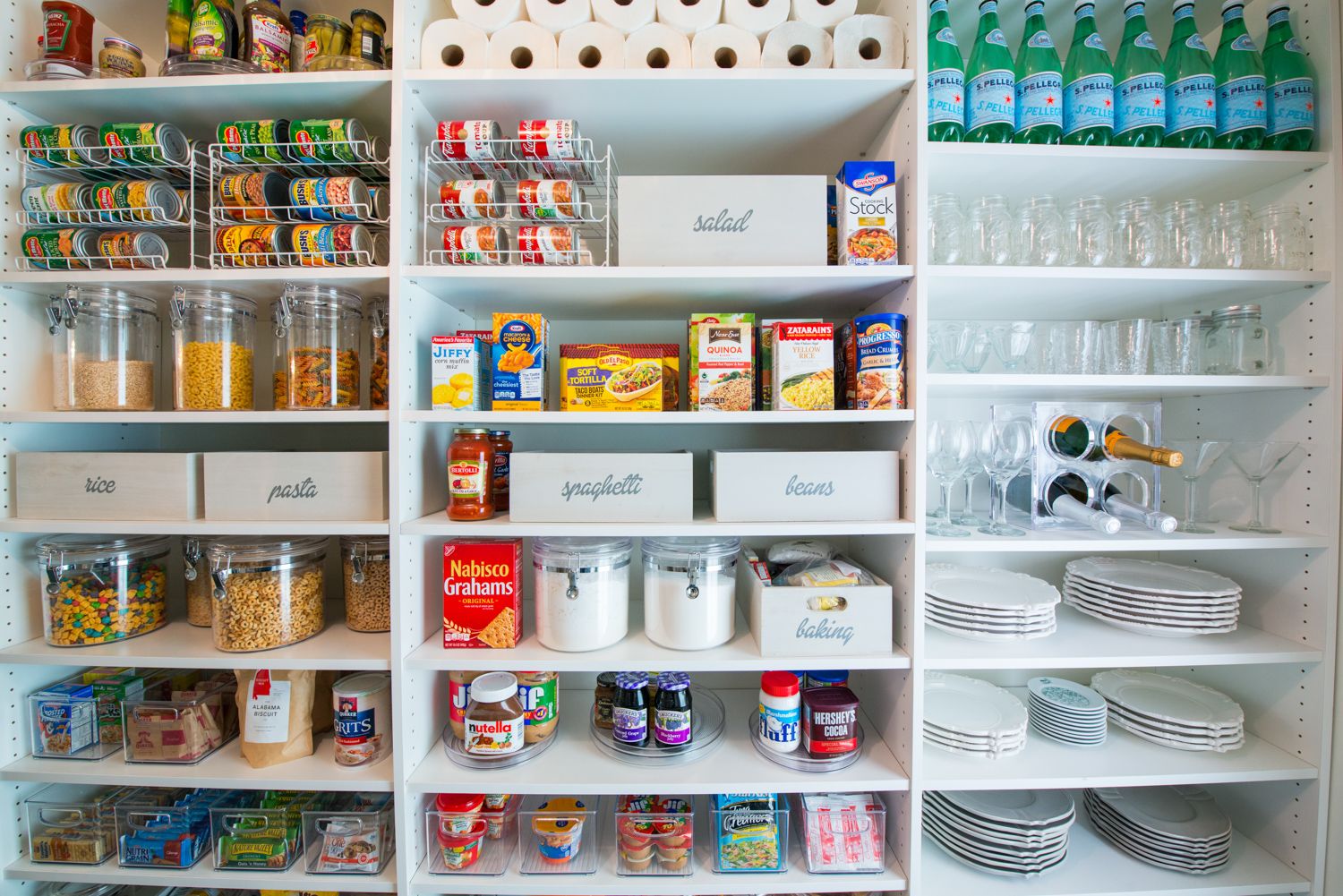
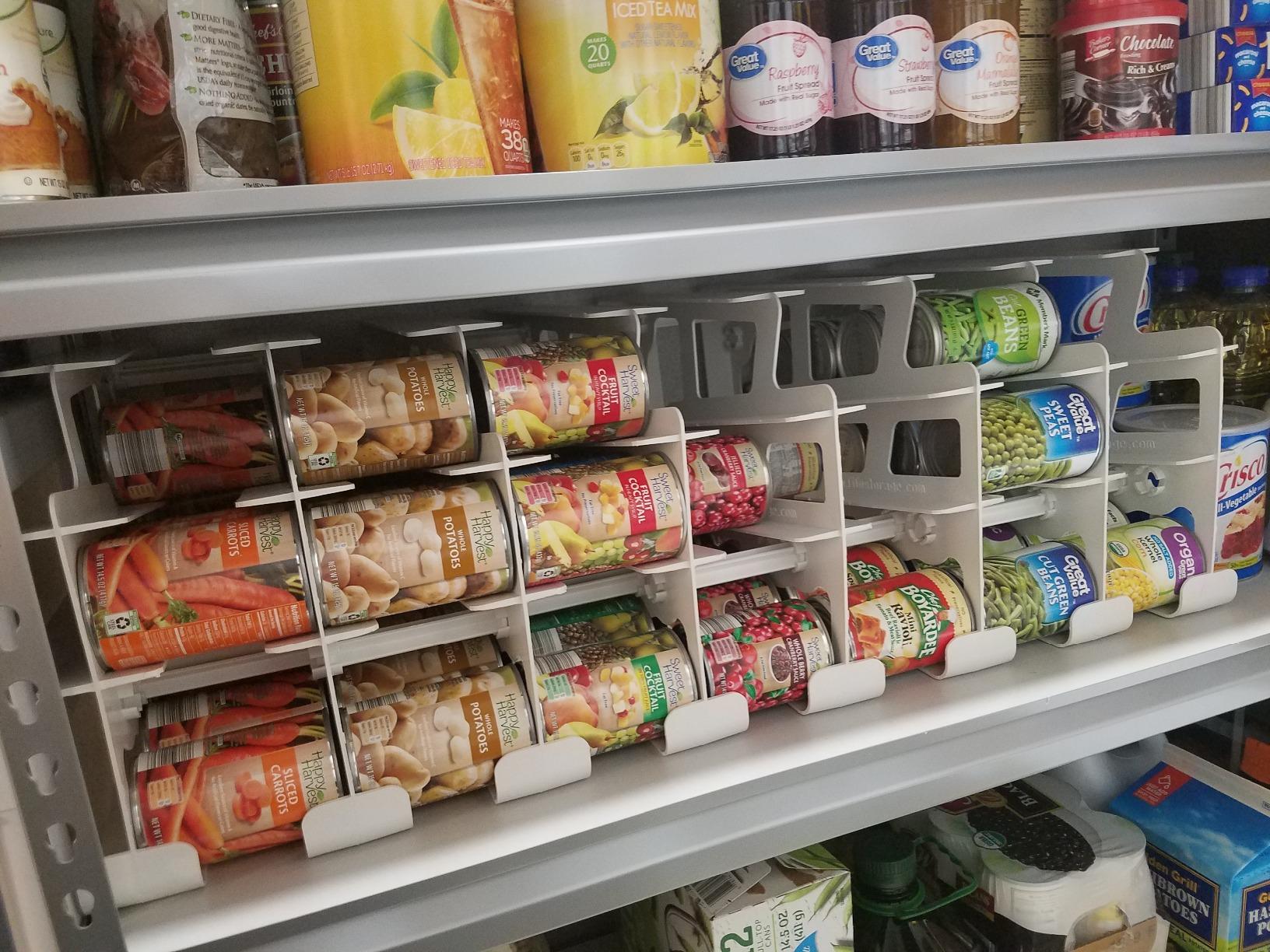

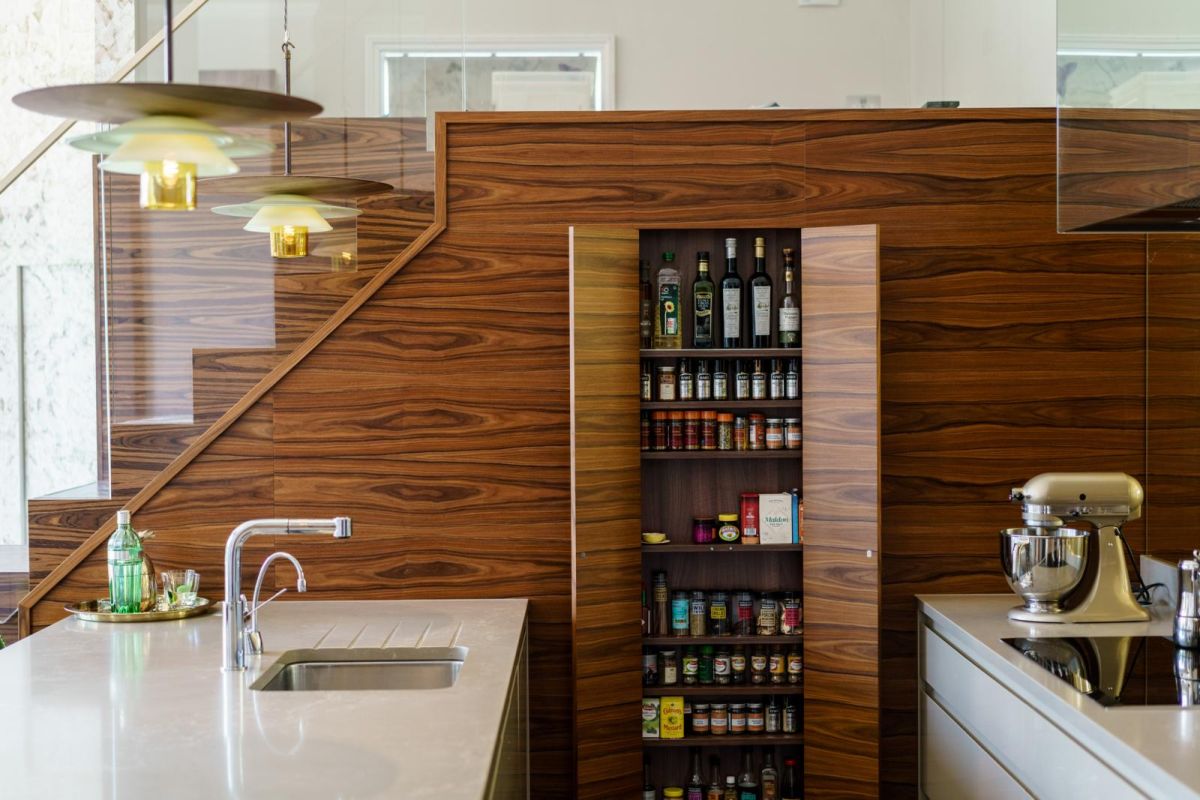
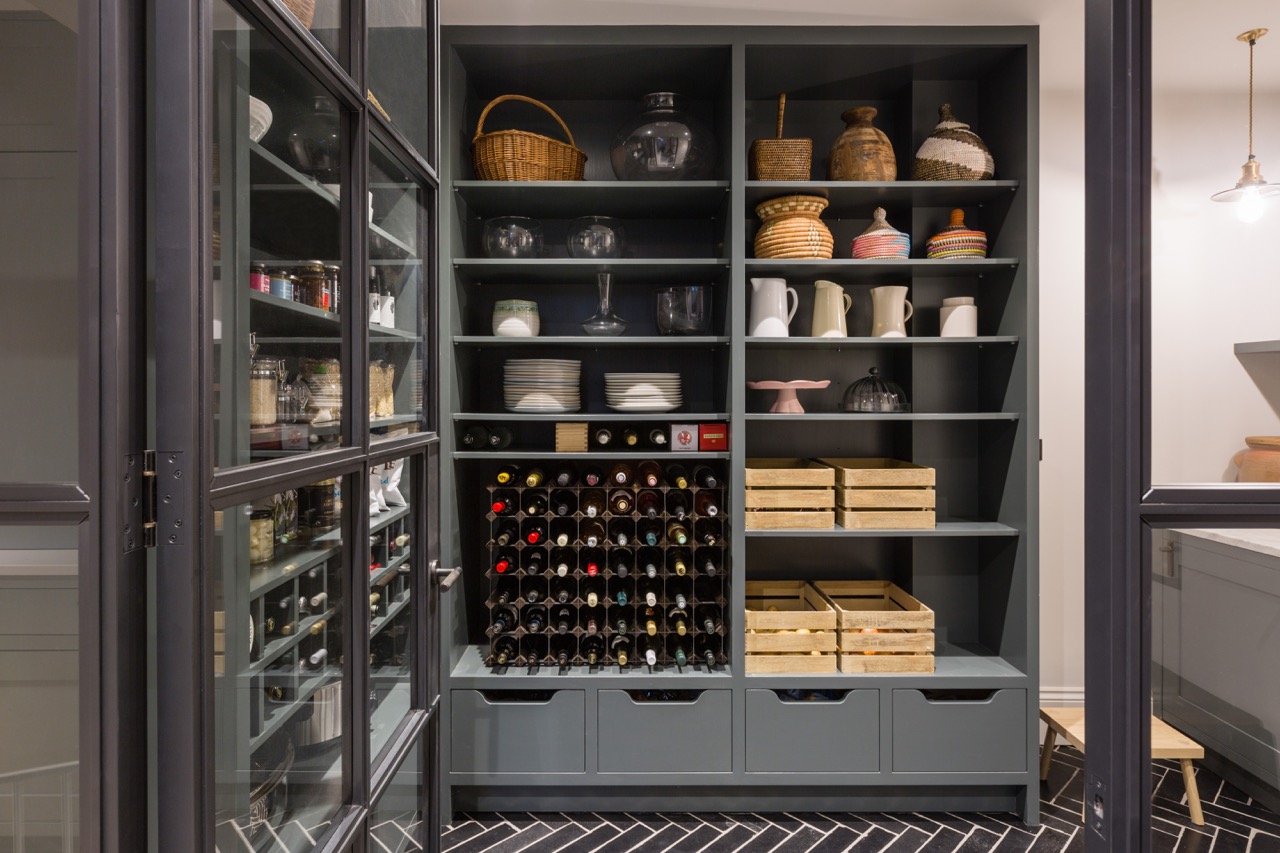
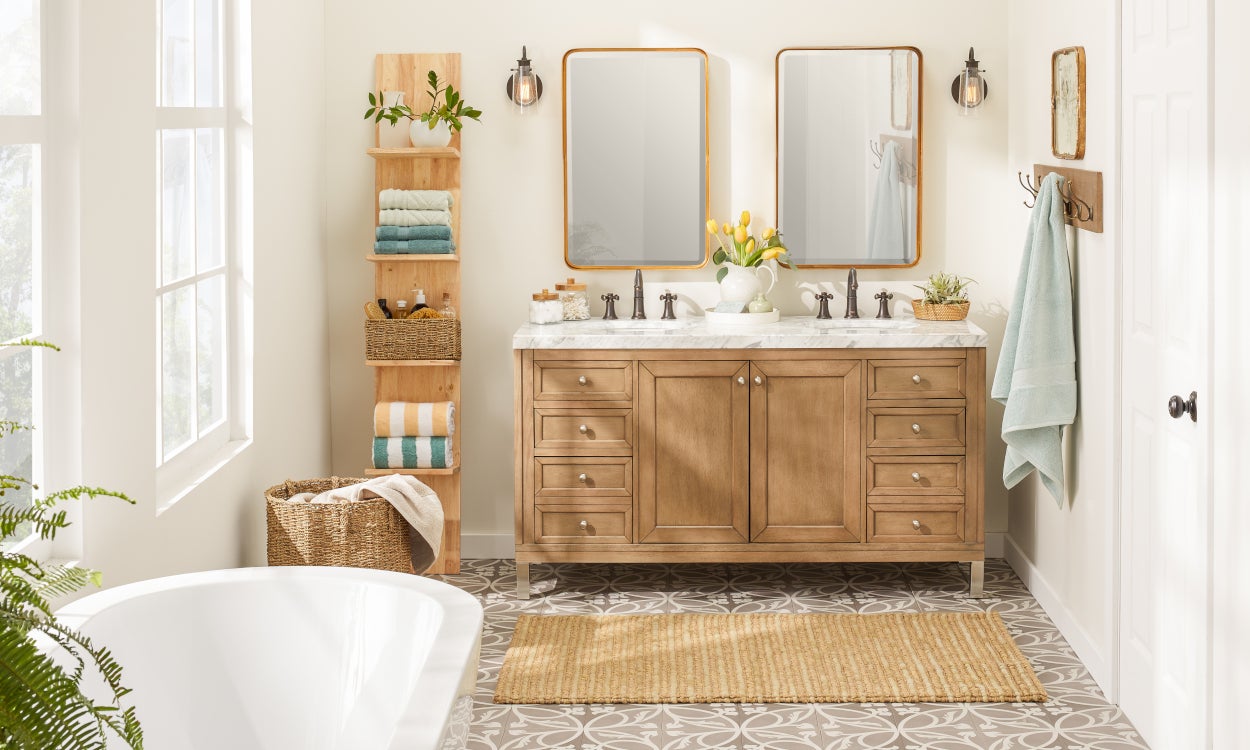
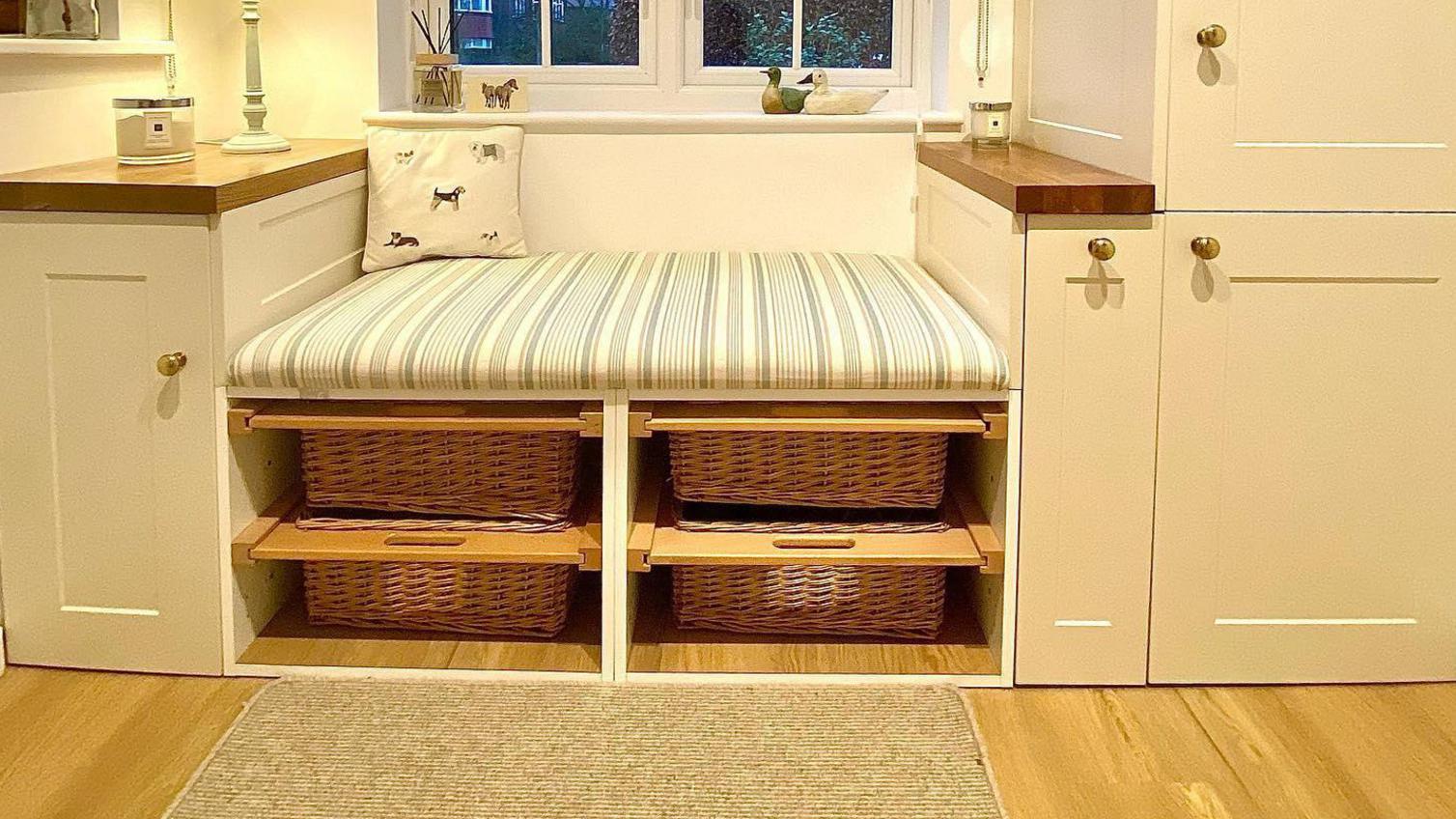


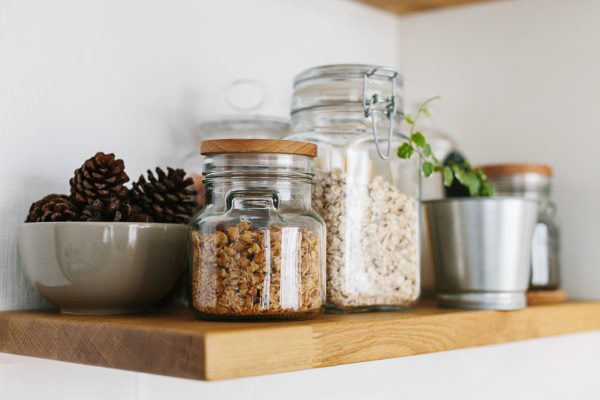
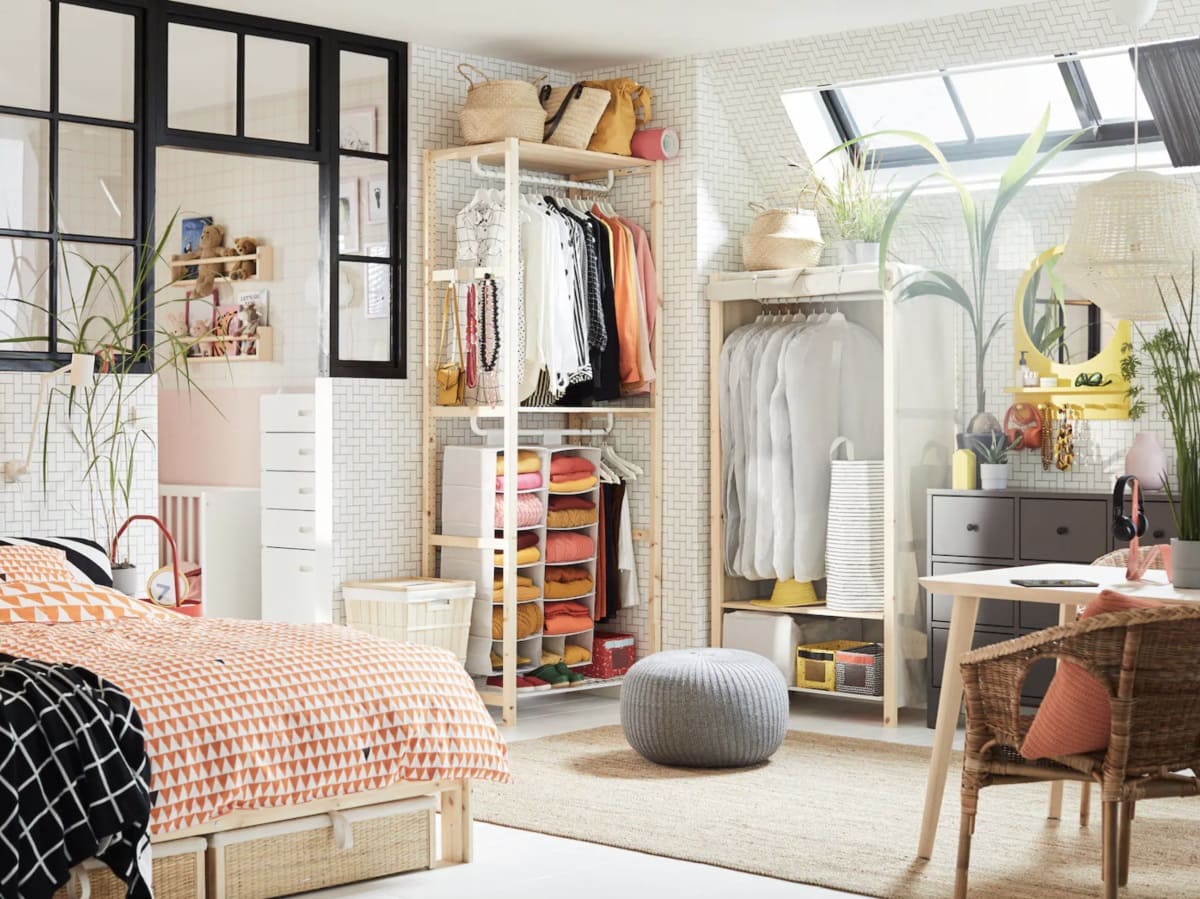

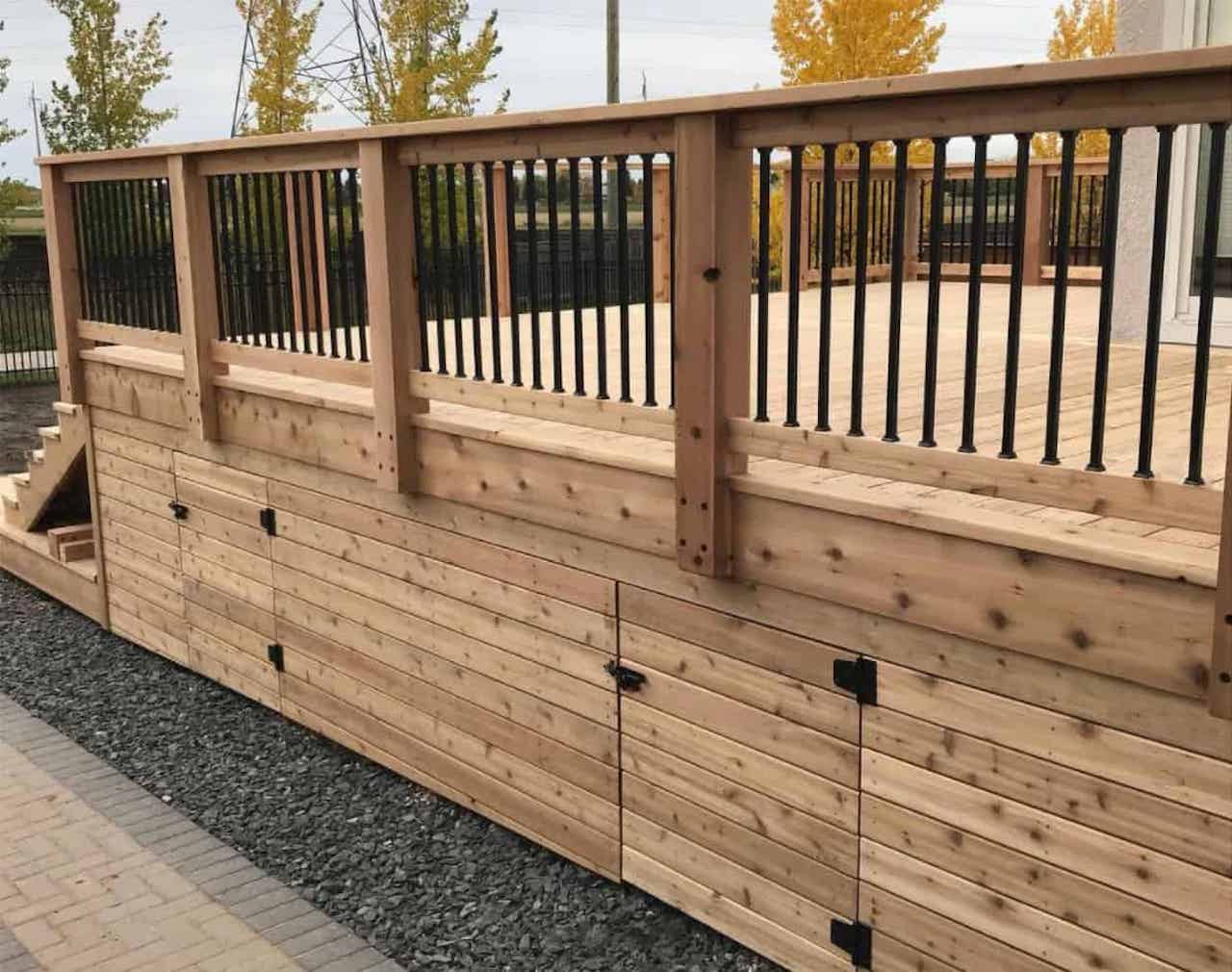

0 thoughts on “Organizing A Pantry: 25 Clever Pantry Organization Ideas”